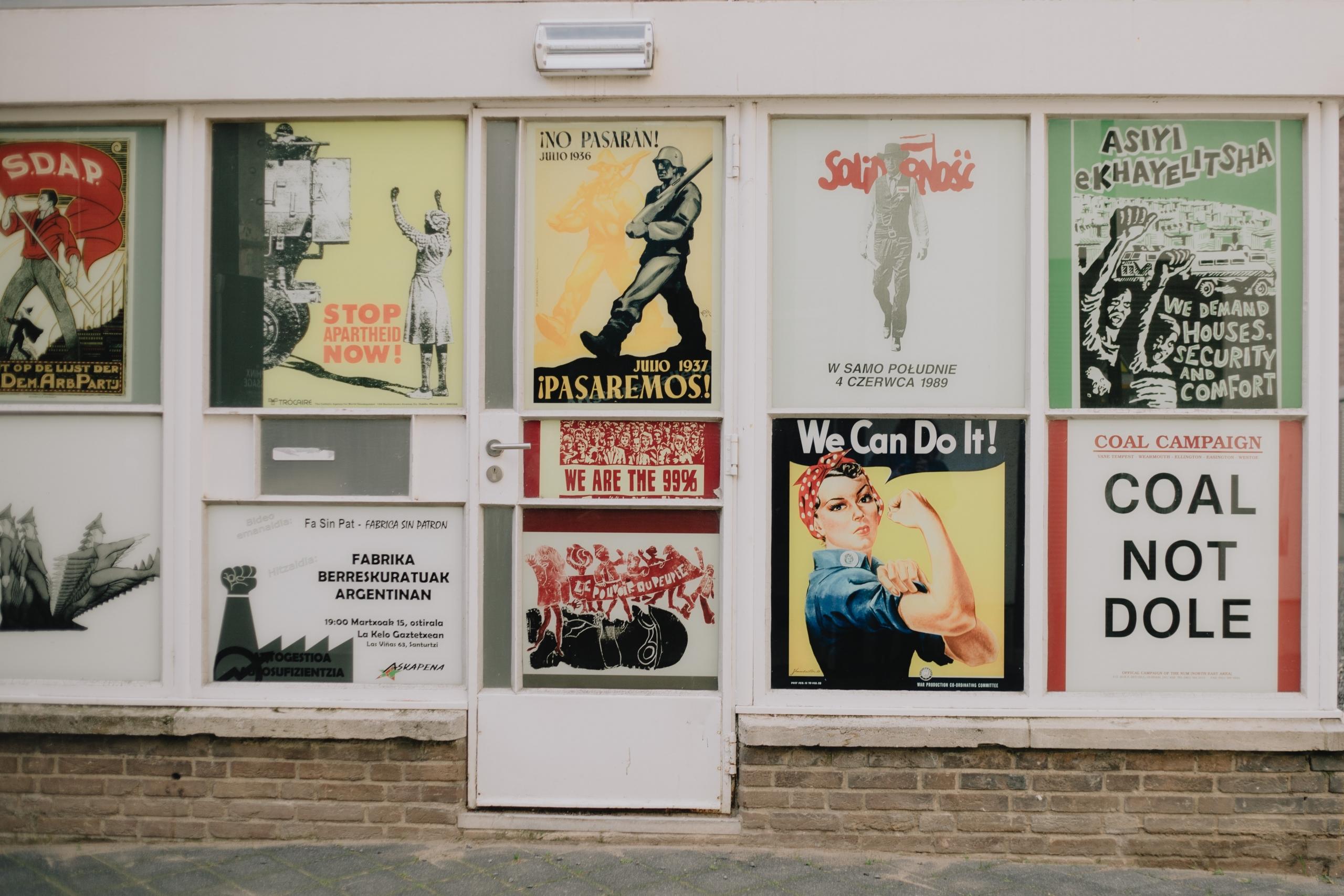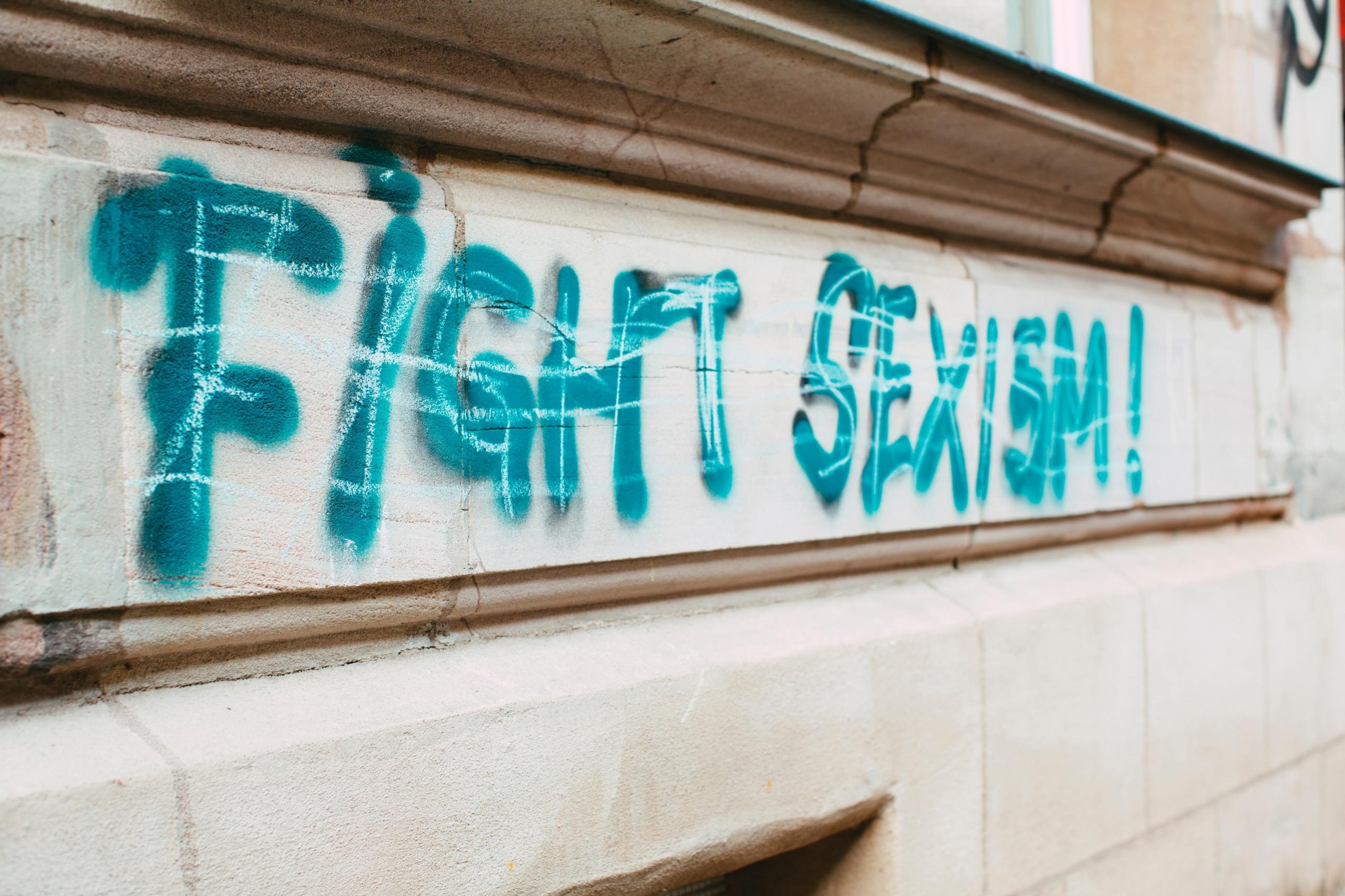The women’s liberation movement dates back as early as the beginning of time. Radical feminism is characterised by many various stages throughout history. In particular, there is first wave feminism and second wave feminism.
This article takes an in-depth look at the difference between these two waves and in particular the characteristics of the feminism second wave.
Second wave feminism addressed many of the issues and rights that are still being discussed in many countries today.
The women’s liberation movement which took place during the period between the 1960s and 1990’s was indeed the feminism second wave. It began by demonstrating political and cultural inequalities and showed how they there inseparably linked.
Even though it was a demonstration of radical feminism, the wave unfolded in the context of the civil rights and anti-Vietnam war movement. There was a slow but growing consciousness of the inequalities experienced by minority groups all over the world. This was also reflected by second wave feminism.
Even though suffrage had been achieved in most Western countries, it was only the start of the radical feminism that is still evident today.
With the right to vote in hand, the second wave of feminism encouraged women to debate sexism in the workplace and other patriarchal power structures. In the United States, the main goal of the second wave of feminism was to pass the Equal Rights Amendment to the Constitution which guaranteed social equality regardless of sex.

Radical Feminism and Liberal Feminism
Following the political rights era, the second wave of feminism branched into two movements: radical feminism and liberal feminism.
- Liberal Feminism: this movement focused on gender equality campaigns through lobbying for political and legal reforms through a message of liberal democracy. Also known as mainstream feminism, the roots of this branch are entrenched in first wave feminism, social liberalism and classical liberalism. The most well-known pioneers of this movement were Frances Wright and Mary Wollstonecraft.
- Radical Feminism: radical feminism, which first appeared in the 1960s called for a drastic reordering of society to abolish patriarchy in all of its economic and social contexts. This branch of feminism, which tackled both social and institutional norms, remained cognisant of intersectional divisions in sexual orientation, race and class.
The differences between these two streams of feminism can be found in the roots of their problems. Radical feminism began as a result of women’s oppression, while patriarchal gender issues characterised liberal feminism.
Learn about the history of feminism here.

Challenging Gender Norms
The awareness to fight for the women’s liberation movement with regards to equality for sexuality, domestic roles, careers and sexuality characterised the feminism second wave. It was distinguished by critics for the male-dominated institutions and other cultural practices.
By definition, patriarchy means an institutionalised social system whereby men dominate circumstances and more specifically, have dominance over women.
Patriarchy is defined as the institutionalised social system in which men dominate over others, but this can also refer to the specific dominance over women.
The definition can be further expanded to include oppression and exploitation. These arguments and theories rely on the justification that dominance is a result of inherent natural attributes and differences between the sexes.
Further accessibility to education allowed women to explore and analyse how patriarchal domination was present in all aspects of life. In this way, the feminism second wave was able to build a critical argument to end the discrimination of the day.
An increase in the number of higher education enrolments for women influenced academic establishments to include courses and departments on the subject of women’s studies. As such, feminist ideology was applied to fields like history, literature, sociology, politics and literature.
As a result, women-only universities and colleges in the United States like the Seven Sisters College, Mills College, Mississippi University for Women and Sarah Lawrence College were established.
Feminist Writers
Feminists writers played a key role in writing about sexism and its unjust position in society. Among the significant writers, Betty Friedan's exposé called The Feminine Mystique became an important piece for the discontent of women in the United States.
Friedan was such an important voice for the second wave of feminism that she is even considered to be the individual who kick-started the movement in 1963. This was the same time that President J F Kennedy's Presidential Commission on the Status of Women released a report on gender inequality. In a similar way, the book by Simone de Beauvoir called The Second Sex made the expression 'Women's Liberation Movement' a popular reference for feminism throughout history.
Empowered by the contributions of these female authors, women’s rights activists of the 1970s and 1980s began to address more sexual and political issues in their writings.

Cultural and Business
To counter the dominance of sexist culture, women shaped their own pop culture as a way to generate positive and empowered narratives about women. This was manifested through music, film and fashion.
Amongst other things, the song titled 'I Am Woman' by Helen Reddy became a proverbial feminist anthem. Around the same time, women in Germany began producing feminist feature films and documentaries, such as A Reward for Irene by Helke Sander and for Women – 1st Chapter by Cristina Perincioli.
From a business perspective, women were catching up through the establishment of bookshops, feminist press, restaurants, record labels and credit unions. There’s no doubt that second wave feminism had a lot to do with the equality of rights for both genders in the workplace.
Social Changes

The advancements in education for women, as well the cultural presence which allowed further debate and discussion for social changes were with regards to reproductive rights, domestic violence and sexual harassment.
In post-war America, women were still thought of as the legal possessions of their husbands. Sadly, this allowed for marital rape and violence in the home and was even seen as socially acceptable. This became a strong topic during second wave feminism. As a result of activists and the feminist movement as a whole, by 1982 there were shelters and other structures in place to provide services and protection for women who suffered abuse from the male figures in their lives.
Liberal feminists in the United States created workshops and panels to promote a new consciousness for sexually active women. Different workshops brought attention to safe abortion, sexually transmitted diseases and birth control which was only approved by the FDA in 1960.
Beyond the United States
Outside of the United States, the women’s liberation movement gained momentum, most particularly in western countries. The International Alliance of Women, where delegates initiated the UN Commission on the Status of Women, was held in London in 1967. The aim of this was to study and evaluate the situation of women in different countries.
In countries like Germany, Sweden and Spain, second wave feminism started during the 1960s but in the middle eastern countries of Turkey and Israel, the movement only began around the 1980s.
Exclusion and Criticism
Despite progress made on behalf of white women, advancements for black, indigenous, poor and working-class women did not measure up. These groups were still alienated on many fronts even though the issues were being fought for in second wave feminism.
Among the most alarming examples, was the lack of rights concerning reproductive issues for black women which were not respected. In the United States, poor and Afro-American women had to clandestinely abort while putting their lives in danger. Other minority groups like Latinas, Afro-Americans and Native Americans suffered from sterilisation abuse within their own communities resulting in campaigns against the sterilisation of women without their consent.
Furthermore, second wave feminism silenced the voices of LGBT women, women of colour and other minority groups that contributed to the feminist movement. As a result, critics called it a whitewashed and homogenised chronology.
This dominating narrative for white, middle to upper-class women was eventually called out by Chela Sandoval as hegemonic feminism. In effect, this meant that privileged groups of women were reducing the experiences of their minority counterparts. It also created an assumption that the experiences of all women were the same by ignoring the oppression faced by minority groups with respect to class, race and sexuality.
All of this resulted in the birth of Black Feminism and groups like the Hijas de Cuauhtémoc at California State University and African Womanism. Known as intersectionality, these groups protested white, middle-class feminism and in many ways gave rise to third-wave feminism.















